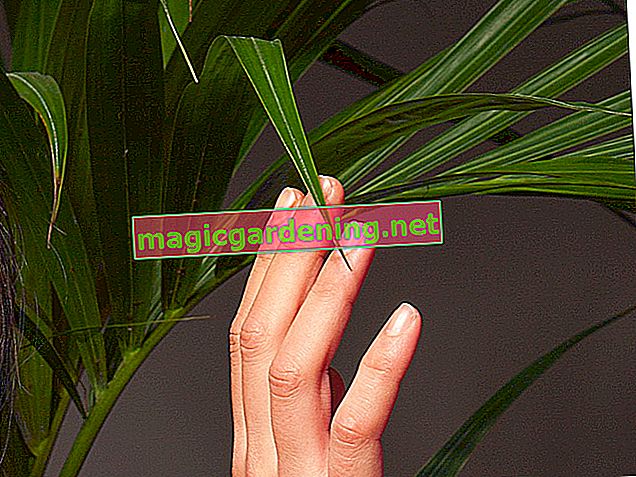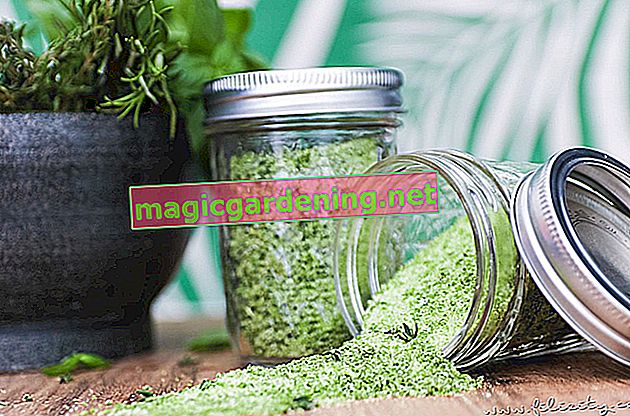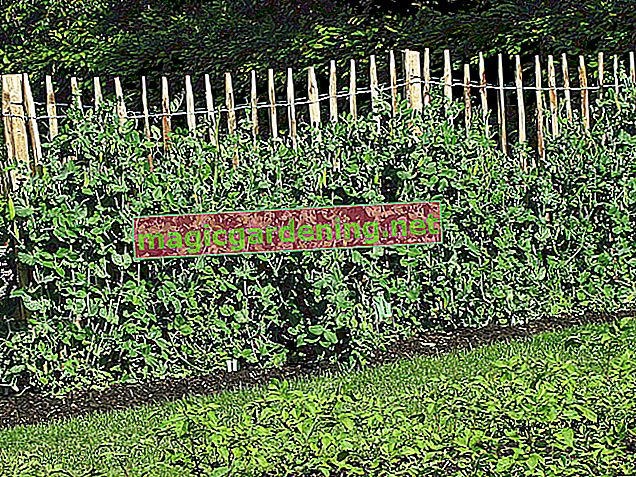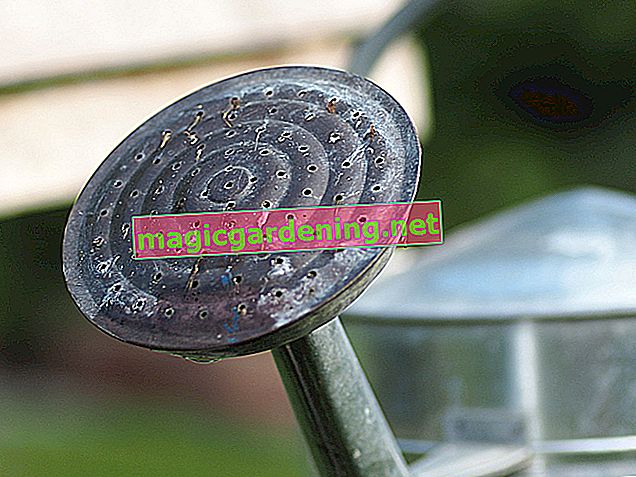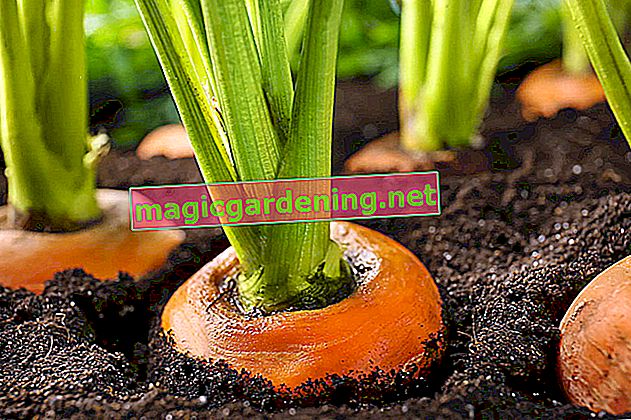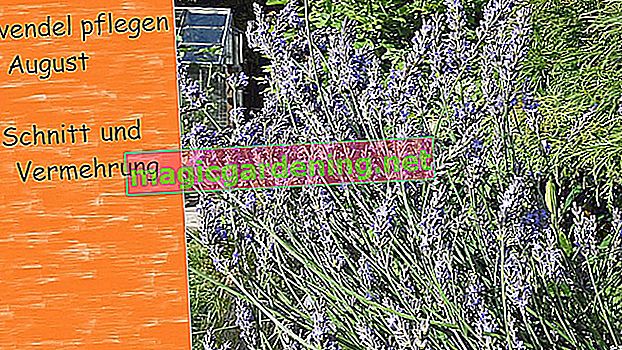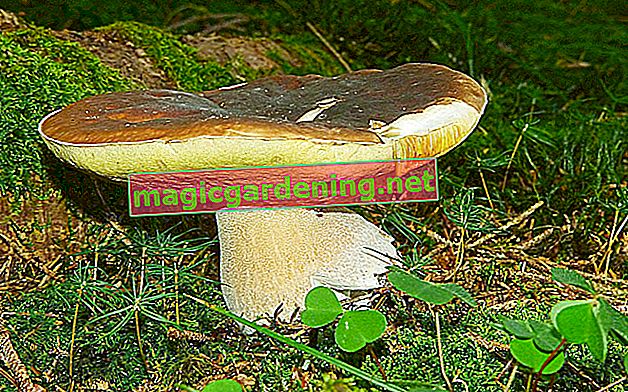
The porcini mushroom season starts in June
Basically you can collect fresh boletus mushrooms between May / June and November - provided the weather cooperates. A good boletus year starts with a damp spring. If it is too dry, however, the joy of collecting in autumn will very likely be clouded. The long season is due to the fact that there are different types of boletus that can be found in the forest at different times.
also read
- Can you grow porcini mushrooms yourself?
- Find porcini mushrooms - tips and tricks for avid collectors
- Cleaning Porcini Mushrooms - How To Do It Right
Summer boletus heralds the season
The so-called summer boletus (Boletus reticulatus) is the beginning. In some places and with suitable weather, it can be collected as early as May on calcareous soils and preferably near beeches or oaks. In contrast to the spruce boletus, the summer boletus has a dull, sometimes finely scaly, torn hat skin. The handle, which is clearly marked with a net, is also much darker. It is one of the first boletus of the year and is often heavily infested with maggots. If autumn is mild and warm, it sometimes occurs in October.
Spruce and boletus will follow from July
From July and, depending on the weather, until November, you can finally go in search of the much better known spruce boletus (Boletus edulis). Very young specimens - which are also called embryos in technical terms - are often sunk deep into the ground with their stems, so that only the white or brownish hat protrudes. You can recognize mature specimens by their yellow to olive-green tube mouths and the elongated stem. Near pines, you'll find the rare pine boletus (Boletus pinophilus) with a red-brown hat and stem. The also edible black boletus (Boletus aereus), on the other hand, has a strikingly dark, blackish hat.
Attention, risk of confusion!
Inexperienced collectors like to confuse the boletus with the inedible boletus (Tylopilus felleus). However, this has a bitter taste and, if consumed in large quantities, can cause severe gastrointestinal complaints. You can distinguish it from the boletus by the following features:
| features | Common Gallen Röhrling | Spruce boletus |
|---|---|---|
| cap | Surface matt, felty, color honey yellow, more or less light brown with gray tones | smooth to wrinkled, moist surface, whitish when young, then light brown to dark brown without red tones |
| Tubes | Mouths white when young, then pale to brownish pink, brownish on pressure | Mouths whitish when young, then yellow to olive green |
| stalk | Except for the lighter tip, hat-colored, with mostly coarse, brown-yellow mesh. Shape cylindrical to club-like | white to light brownish, in the upper part with a distinct white, fine-meshed net; young mostly bulbous, then club-like |
| flesh | white, hardly discolouring when cut | young white and firm, in old age brownish and spongy under the cap skin |
| odor | pleasant, but very bitter taste | pleasant, nutty taste |
| Occurrence | July to October on lime-poor soils in the coniferous forest | July to November, in coniferous and deciduous forests |
Tips
If the tubes of the supposed boletus turn blue on pressure, it is probably the chestnut bolet, which is also edible.


